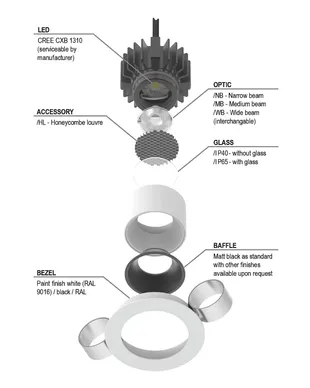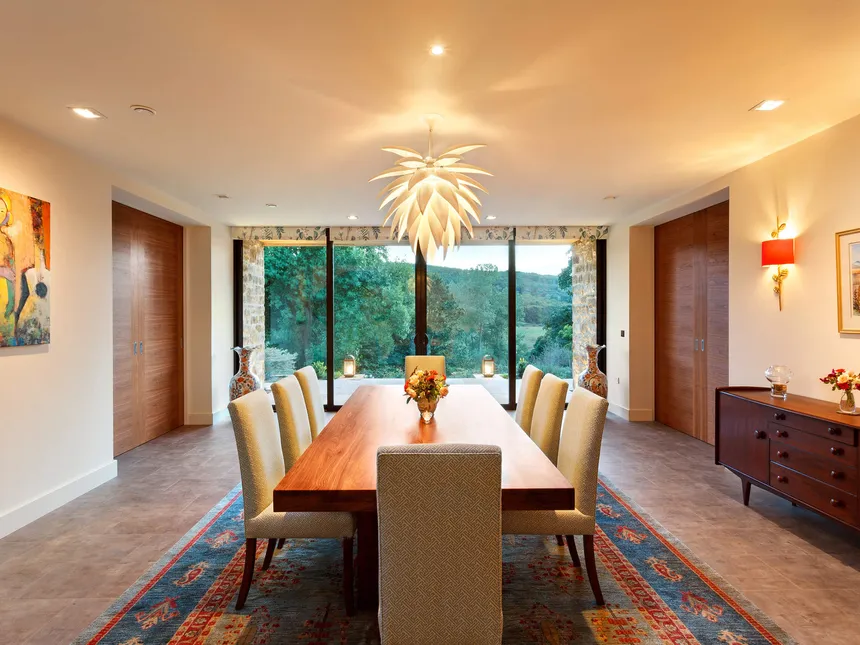Blog: LED lighting and lighting design
Exploring the relationship between LED lighting, lighting design and the characteristics of LEDs


We do a lot of consumer shows, we write for a number of publications and we meet hundreds of people interested in talking about lighting. Melanie’s just written an article for Houzz that looks at the 10 lighting questions we’re asked most frequently. As ever it’s illustrated with photos from our projects and those of other designers.
Looking at the questions, they really fall into three categories. I’m not going to restate each question from the Houzz article but let’s have a look at the broad categories of lighting design questions we’re most commonly asked.
The amount of design, DIY and self-build programmes on the TV these days have really helped de-mystify the building or renovating process. People are a lot more comfortable with the relationship of the different building phases; they’re more familiar with the terminology of building regulations, first-fix, second fix etc. Yet comparatively few will have used a lighting designer before. When and how to use a lighting designer and how much does it cost are the most common areas of questions we encounter.
We developed a section on this site that sets out our design process here and we’ve written about the need to look at lighting early a number of times. Cost is much harder to generalise. Every project is different and as we’re offering a bespoke design service the costs are going to vary depending on what our clients are looking to do. However; here is a very broad rule of thumb. People who are really committed to getting their lighting right might typically spend as much on design, fittings and lighting control as they do on their kitchen or their doors and windows. Please don’t hold us to that! It’s not how we work out a quote. It’s a general rule of thumb based on experience of hundreds of projects over the last ten years or so.
Distilling down the lighting design questions we get around LED is really tricky. Although it’s a mainstream technology, it’s more complicated than the incandescent sources it’s replaced. LED isn’t a straight replacement for halogen and working with it as if it is simply leads to problems. This is why we created The Lighting Buyer’s Technical Reference Guide. It’s not an overly technical document but it does break down LED technology into more understandable bite-sized chunks.
The guide covers the differences between dedicated fittings and replacement lamps, colour temperature and colour rendering, light output relative to other sources and dimming.
One of the comments in the Houzz article questions if these are genuine questions.
“But, are these really the top ten questions that people ask? or are they designed to promote interest in the author’s services? For example, “Can I control lights with a Tablet”, “Can I integrate lights with my Smart Home” and “Can I control lights with sensors”. If you know enough to ask the question then you also know the answer.”
The reality is a bit different. A lot of people know enough to ask or they’re aware there are new technical options open to them but they don’t ncessarily understand how things connect together. We actually spend a lot of time trying to dissuade people from over complicating the way they control their lights. We say it in the Houzz article and I’ll repeat it here. There’s nothing smart about having to fish for your phone to turn on your lights; there’s nothing smart about having to wave your arms about when you’re plunged into total darkness by an over-zealous sensor controlled light and there’s nothing smart about compromising your lighting just to accommodate a lighting control system that doesn’t have the full range of dimming and control options available.
Lighting control is fabulous – we developed a whole section dedicated to lighting control on this site. We think it’s one of the best smart home technologies available but it pays to understand what it does and how to get the most out of it.